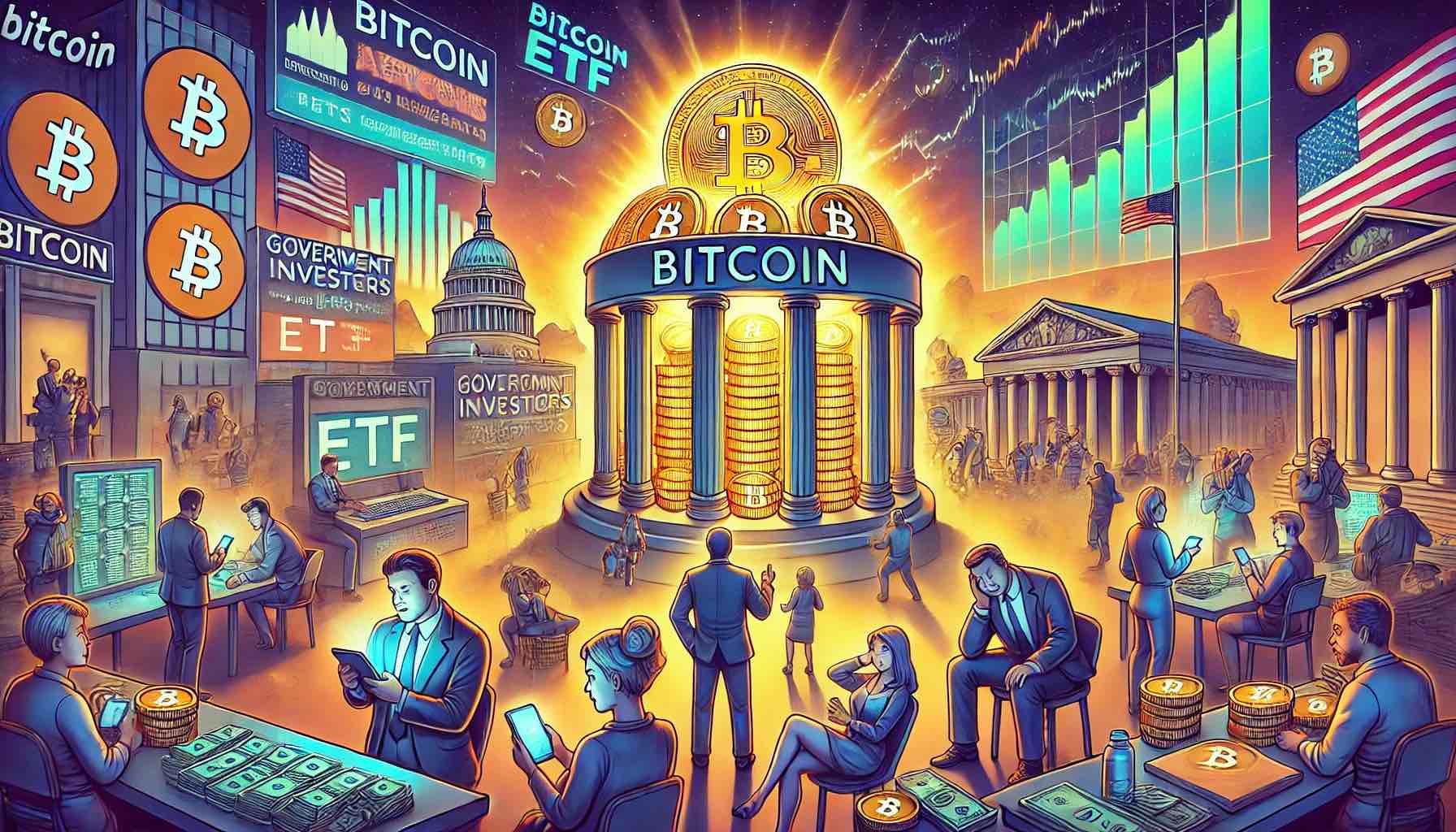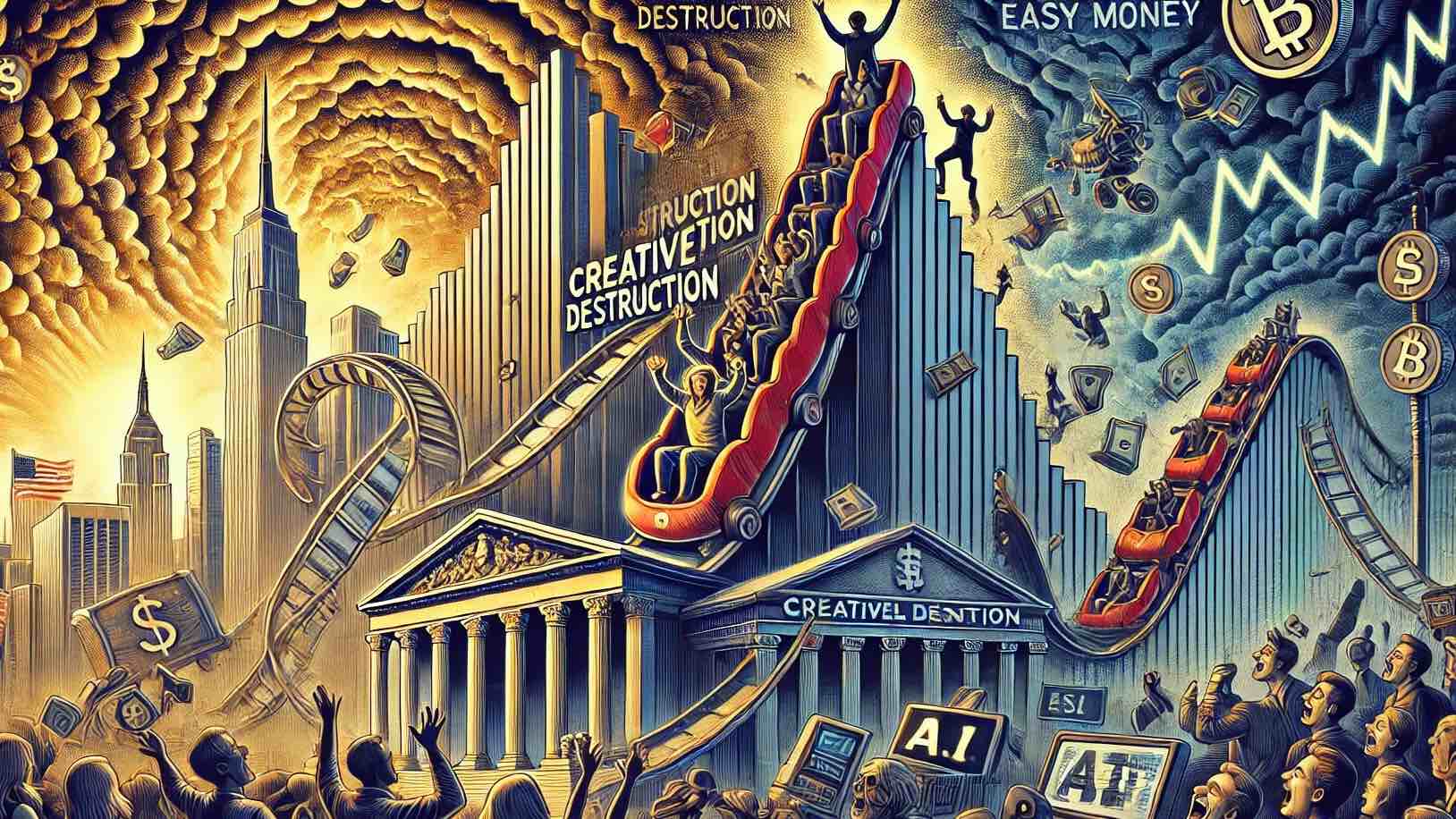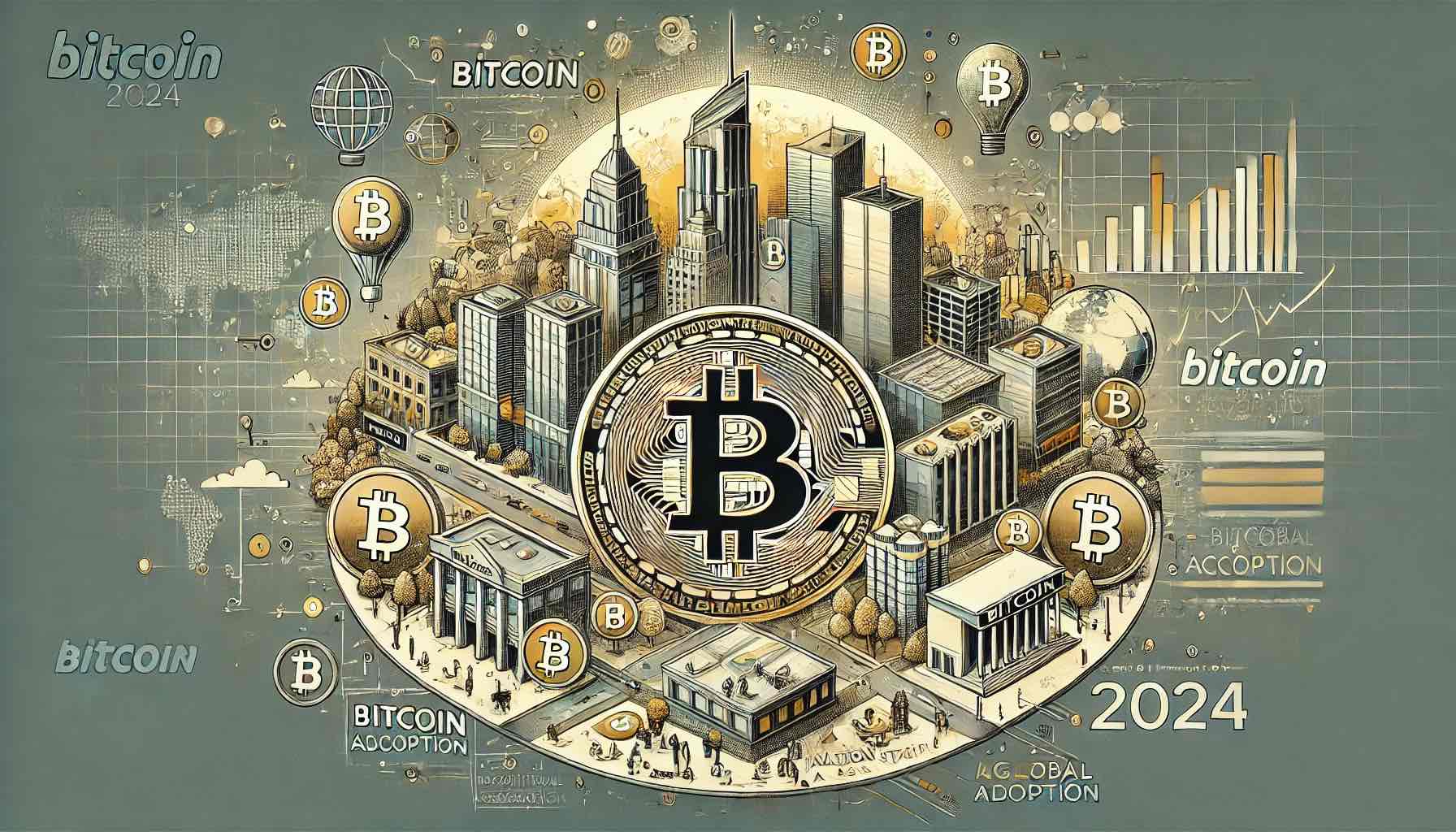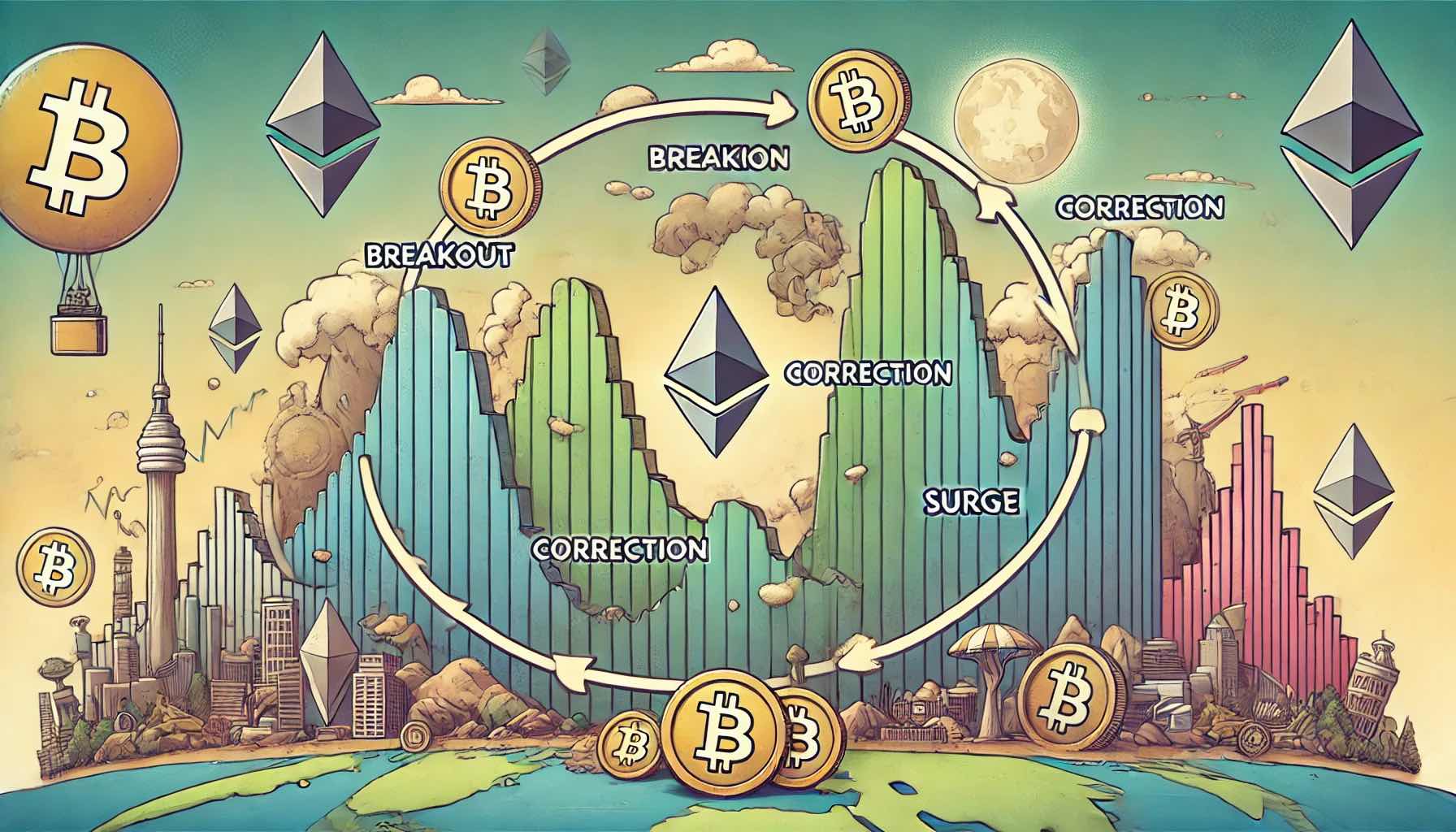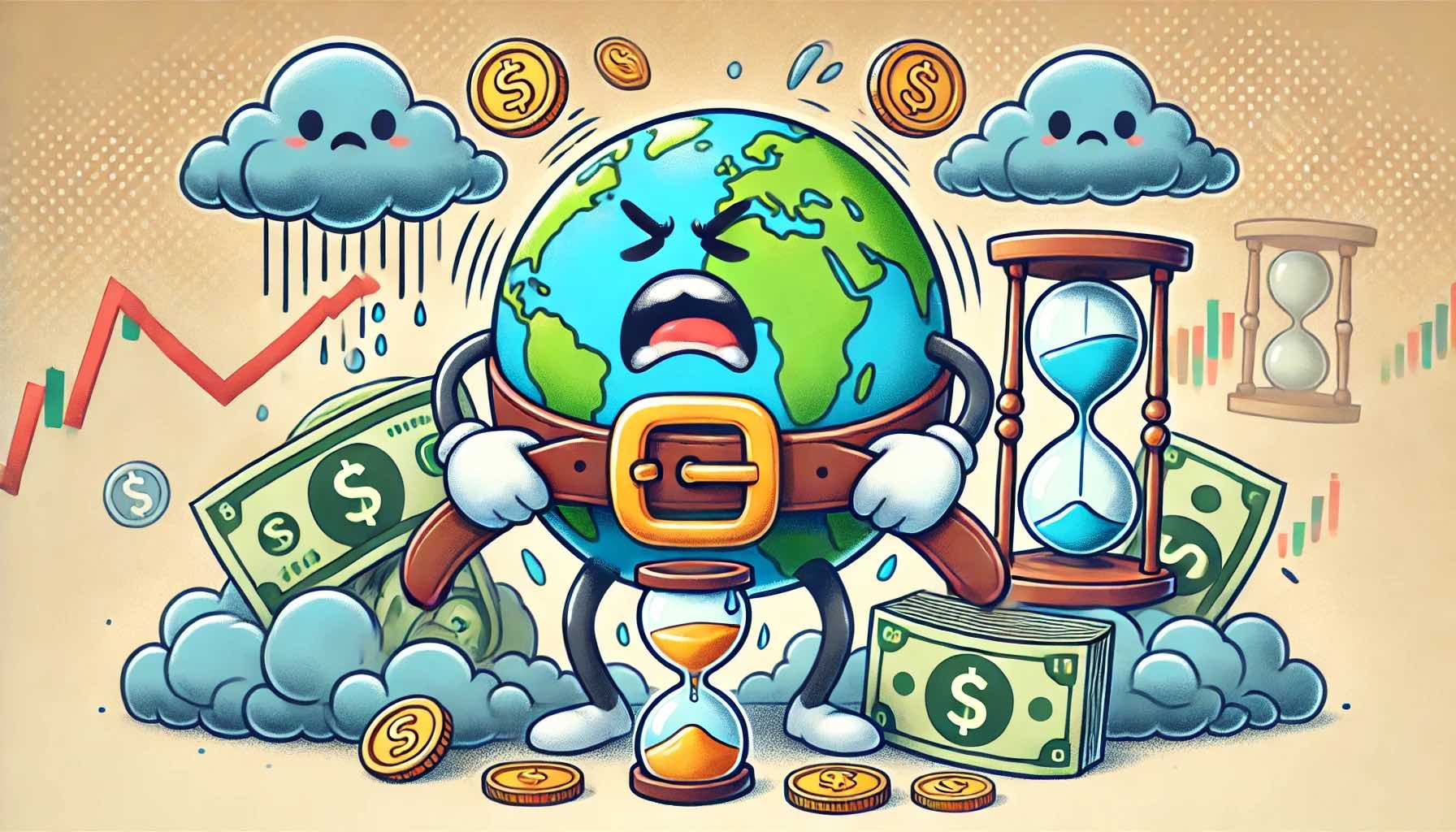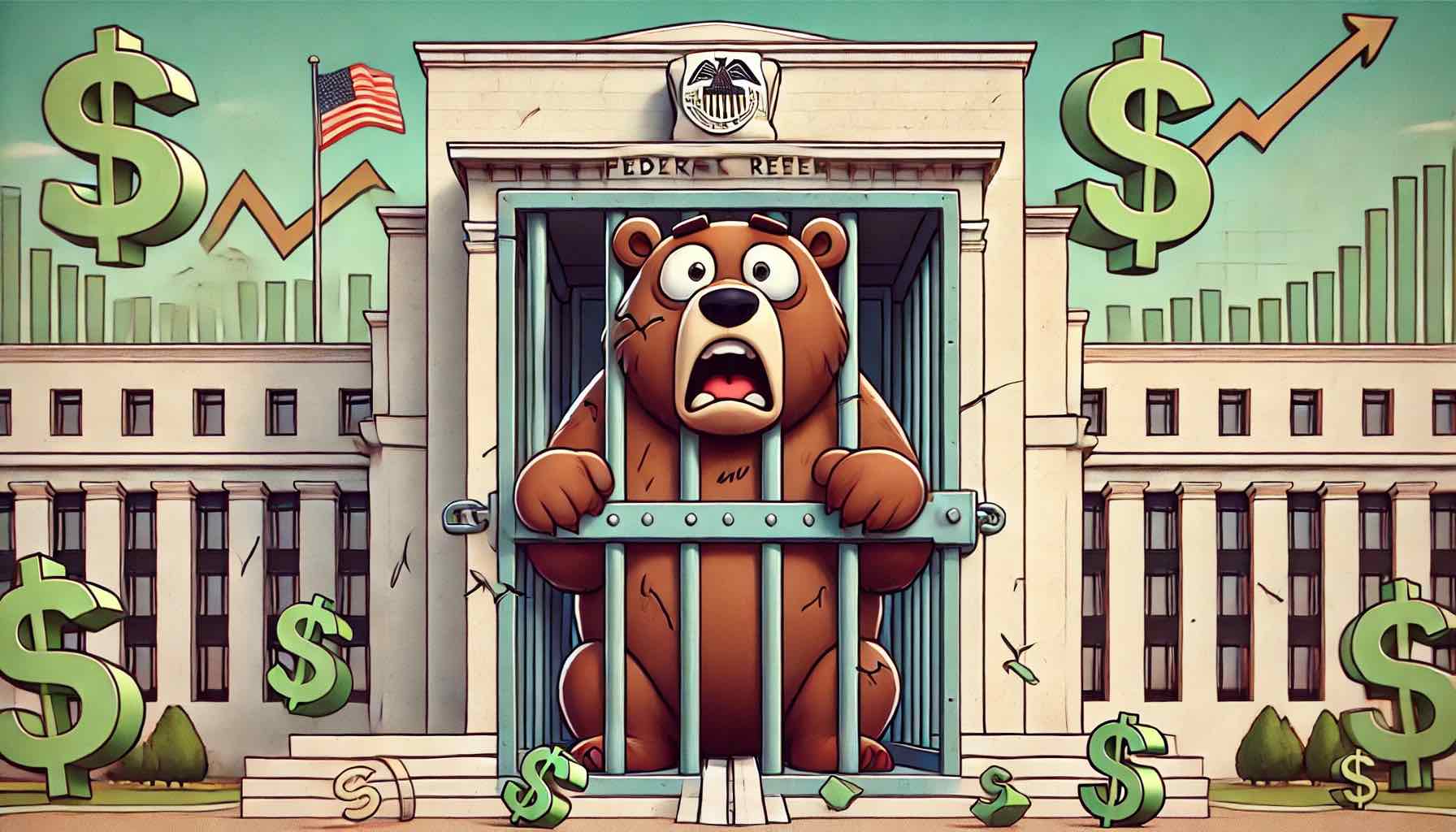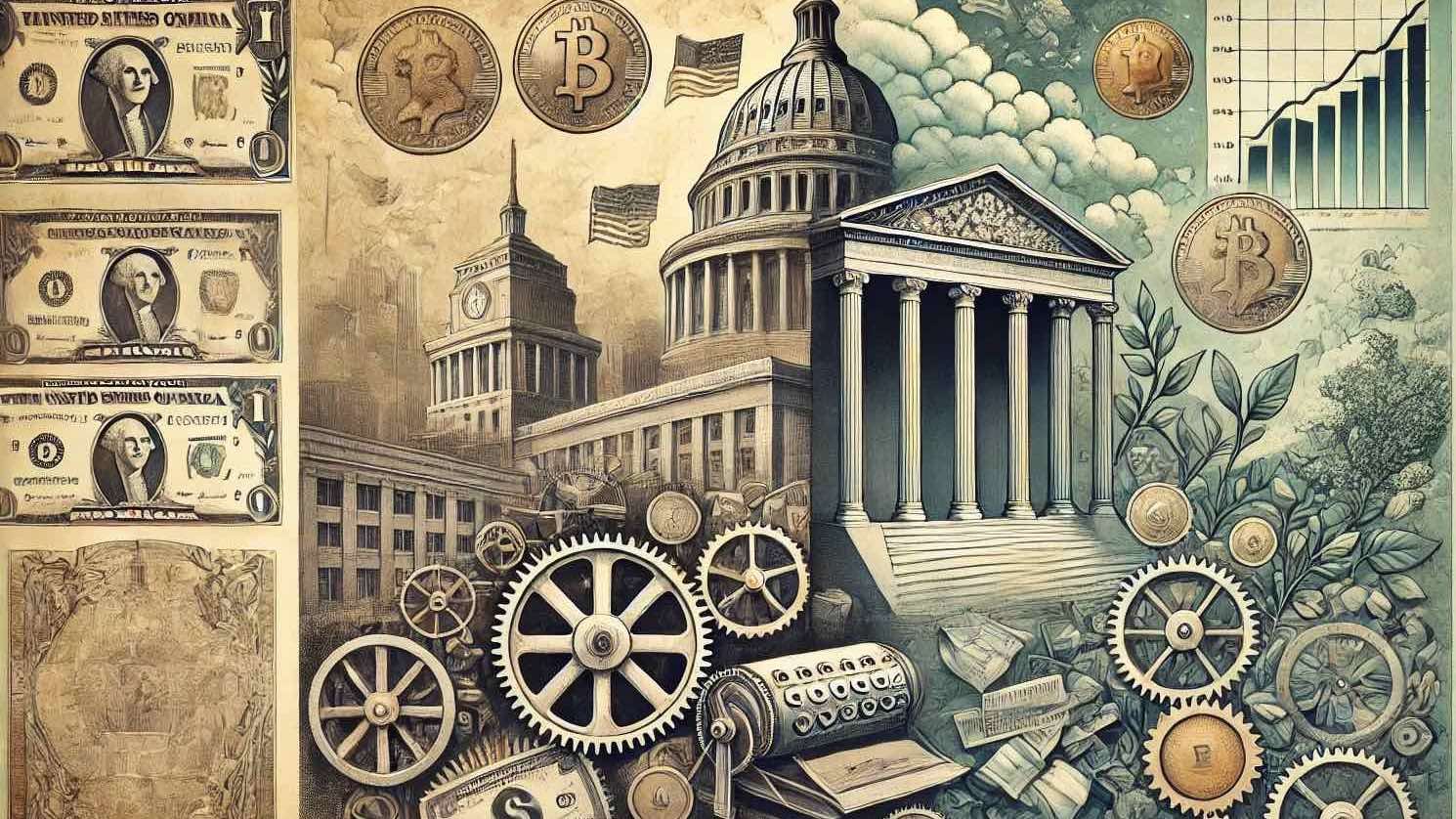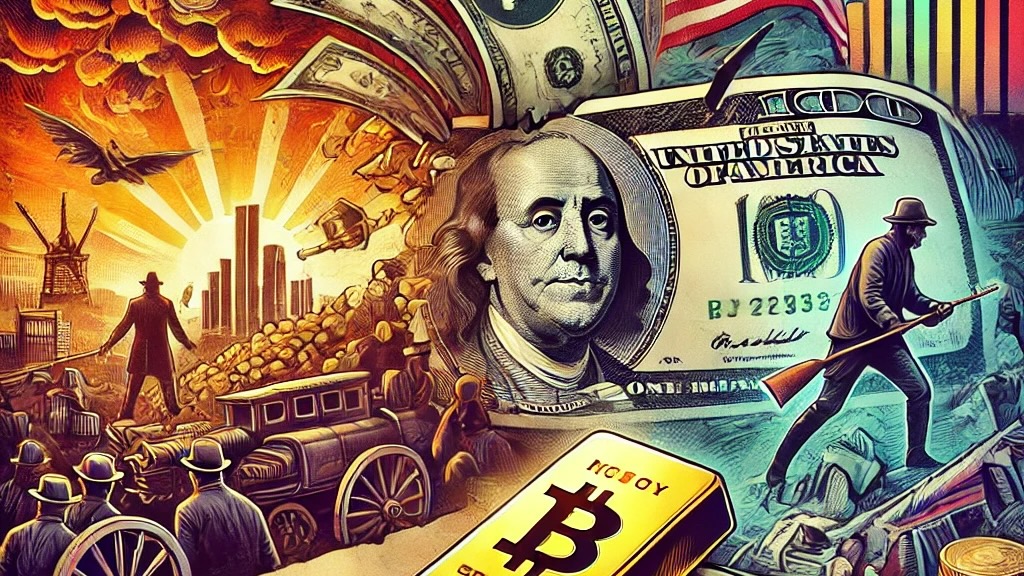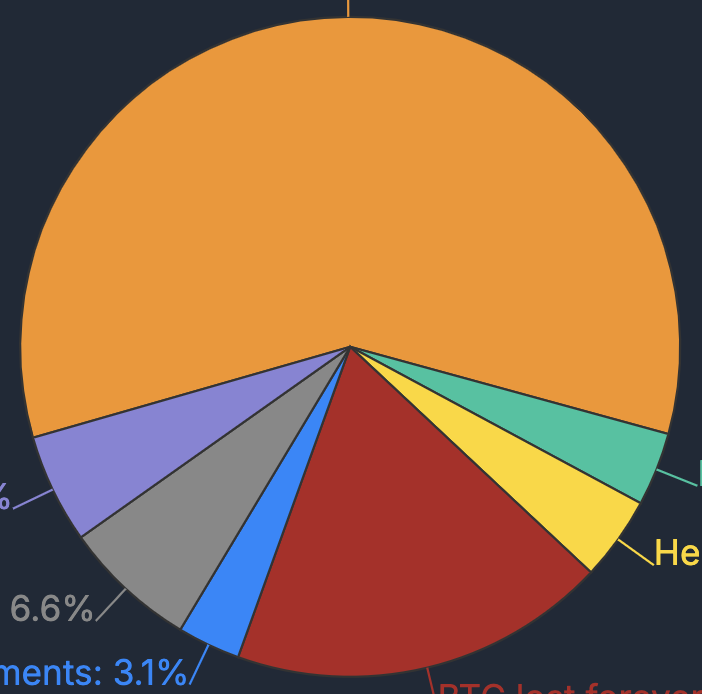The Fed's Bitcoin Dilemma: How Market Forces Are Driving Monetary Policy

As Bitcoin surges past $100,000 to new all-time highs, an interesting dynamic is emerging between the Federal Reserve and the markets. The Fed finds itself increasingly held hostage by market expectations, creating a fascinating feedback loop that could drive asset prices even higher. Here's what you need to know about this complex relationship and its implications.
The Market's Control
Despite rising inflation suggesting the Fed should hold rates steady, market expectations are essentially forcing their hand. After 75 basis points of cuts already this year, markets are pricing in another 25 basis point cut - and the Fed appears poised to deliver, highlighting a crucial shift in power dynamics.
As Pompliano notes: "The question becomes what would create a scenario or environment for the Fed not to cut rates? It's really difficult to see a world where they are not going to cut rates because I believe that the market's in control right now."
The Trump Factor
Adding to this dynamic is the incoming Trump administration's focus on market performance. Trump not only views the stock market as a key measure of economic health but has now added Bitcoin's price to his metrics of success. When Bitcoin crossed $100,000, Trump tweeted "Bitcoiners, you're welcome" - signaling how digital assets have become part of the political economy.
This represents a dramatic shift from Trump's previous stance. During his first term, he was openly hostile to Bitcoin, viewing it as competition to the dollar. What's changed? The realization that Bitcoin and the dollar can thrive together:
- Stablecoins provide dollar utility ($200B+ market)
- Bitcoin serves as digital savings
- Both systems can grow simultaneously
The Liquidity Environment
The combination of Fed rate cuts, expanding money supply, and political pressure for market performance creates ideal conditions for Bitcoin appreciation. As Pompliano explains:
"If investors believe that cheap capital is going to come into the market, they push out on the risk curve... Bitcoin will continue higher. Things in motion tend to stay in motion."
This environment mirrors conditions that drove previous bull runs:
- Rate cuts
- Expanding money supply
- Recent Bitcoin halving
- Institutional adoption
The Supply Squeeze
While liquidity floods the system, Bitcoin's supply dynamics are tightening:
- Post-halving supply reduced by 50%
- Exchange reserves at all-time lows
- Estimated $3B per day in new capital inflows
- Major corporate buyers like MicroStrategy continue accumulating
The result is a classic supply-demand imbalance that could drive prices significantly higher. As Anthony Pompliano notes in a recent Podcast episode: "If you have a finite supply asset that is very scarce in terms of its availability and you have a lot of capital pouring in... obviously the price is going to go up."
The Institutional Shift
Perhaps most significantly, we're witnessing Bitcoin's evolution from contrarian bet to consensus trade. Career risk around Bitcoin exposure has largely evaporated, opening the floodgates for institutional capital:
- ETF adoption accelerating
- Corporate treasury adoption expanding
- Sovereign wealth funds exploring allocation
- Traditional finance embracing the asset class
Looking Ahead
The traditional December-March period has historically been strong for Bitcoin during bull markets. With the Fed likely to remain accommodative and institutional adoption accelerating, this cycle could see reduced volatility but sustained appreciation:
- Less extreme drawdowns (40-50% vs historical 80%)
- More persistent buying from institutions
- Smoother price discovery process
- Continued expansion of market structure
The Risk Factors
While the setup appears bullish, some risks remain:
- Inflation forcing Fed policy shift
- Market structure issues (like MicroStrategy premium)
- Geopolitical shocks
- Regulatory changes
However, the institutionalization of Bitcoin may create more resilient price floors compared to previous cycles.
The Key Takeaway
We're witnessing a profound shift in how Bitcoin interacts with traditional financial markets and policy. Rather than competing with the dollar system, Bitcoin is becoming an integral part of a new financial architecture - one where both traditional and digital assets can thrive together.
As the Fed finds itself increasingly responsive to market forces rather than directing them, assets like Bitcoin stand to benefit from the resulting liquidity environment. The question isn't whether prices will go higher, but rather how sustainable the trajectory will be.
What do you think about the Fed's position? Are they truly hostage to market expectations?
Let us know in the comments below.




